Matchbox
Investigating a case study on the potential need for an e-commerce site that helps collectors buy and sell online.
Involvement: UX research, feature development (authentication), UX/UI desktop and mobile websites
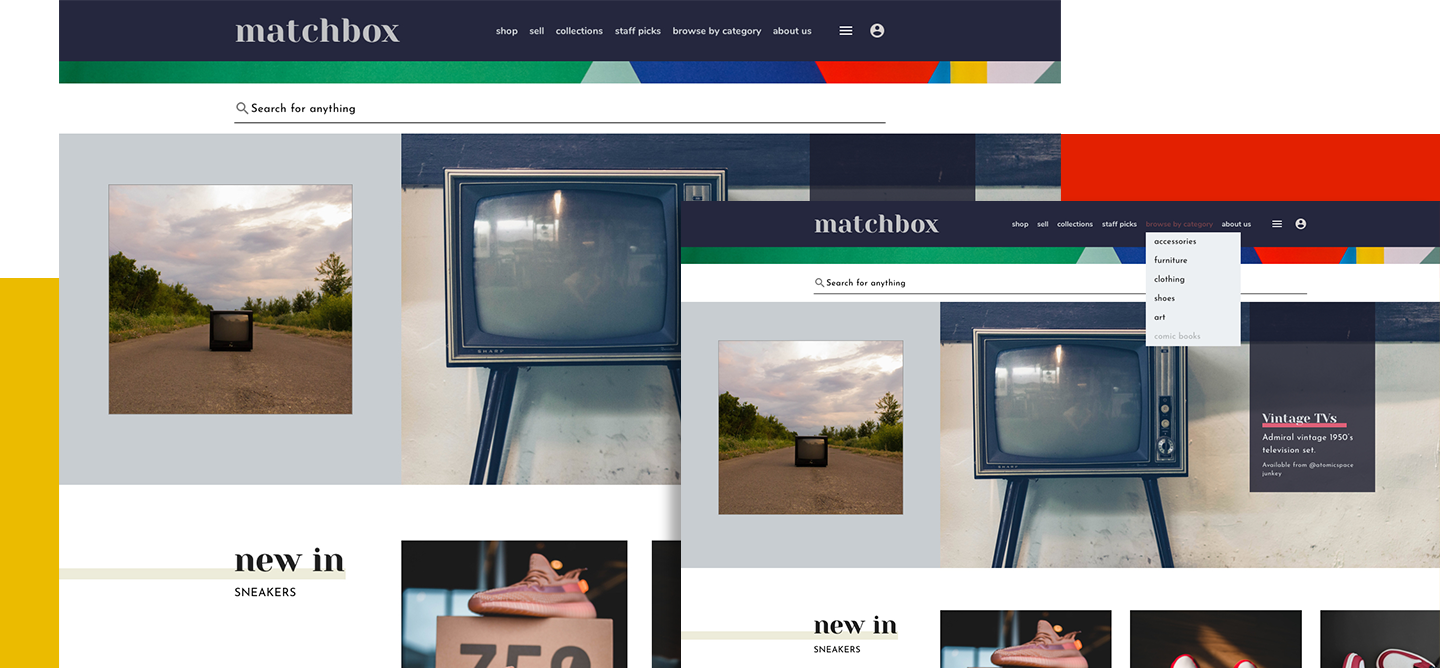
My team and I investigated the possible need to build an e-commerce site for collectors and buyers to exchange goods online.
Before we dived into the project, we made some assumptions about our market and their shopping habits. We assumed that a lot of the collectors shopped online at sites like eBay, Craigslist, Amazon, Grailed, etc. and local brick and mortar antique and thrift shops.
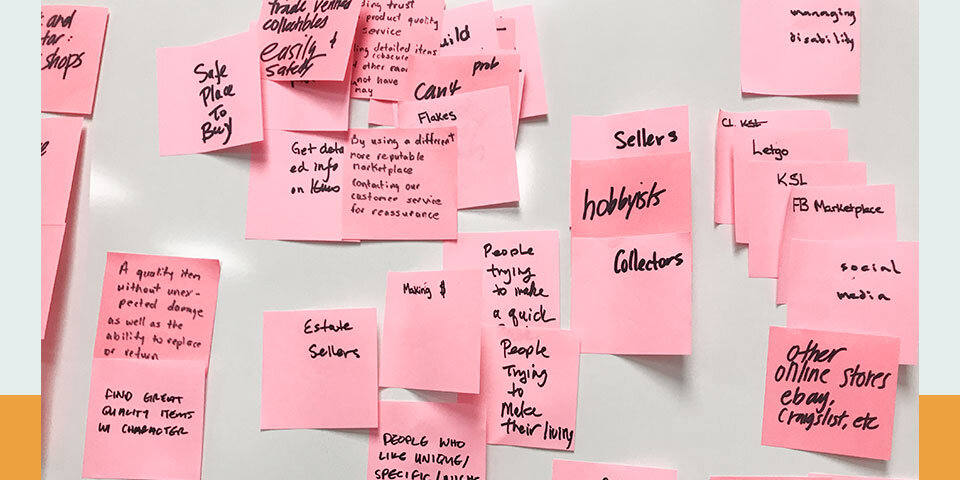
Trust is extremely important when buying collector/vintage items. Collectors want to be able to trust the seller as well as the site they’re making the purchase.
Having enough knowledge about their item will sway a person to purchase.
Buyers and sellers know what they are looking for when they shop online.

So we went out to prove or disprove some of our assumptions. We conducted a competitive audit and distributed an online survey and collected data from 26 collectors and learned more about current online solutions. We then went out to local vintage and collectible stores to observe how customers browsed and shopped within the store finding that most of the time, shoppers were more inclined to browse than to purchase something specific. Over the course of the next week, our team conducted user research interviews to gather more detailed information about our collectors’ motives and habits. The following questions helped us clarify and answer the following questions:
• Who are our users?
• What are the products bought and sold?
• How do we build trust on this site?
• What are the logistics for the exchange of goods?
• How do we determine the authenticity of the product and the seller?
Research methods: Competitive audit, online surveys, field observations, and user interviews
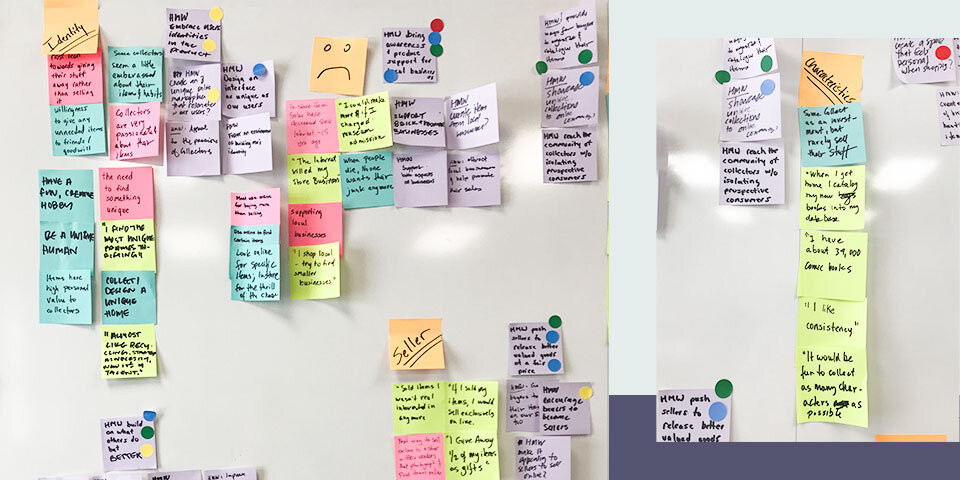
With the information we gathered, we were able to see recurring patterns, gather direct quotes from users and validate or invalidate some of our assumptions. We were able to organize our findings into 13 categorizes – from online browsing and buying habits to trust and the use of time.
Some common themes that emerged from all of our research:
• Authenticity is important to many collectors
• They enjoy the adventure and the hunt for items
• Many prefer to see and touch the item in person
• People of all ages enjoy collecting, from kids to retirees
• Many do not trust online buying
Synthesizing this information allowed us to come to the conclusion that authenticity, trust, and a sense of community needed to key attributes when creating Matchbox.
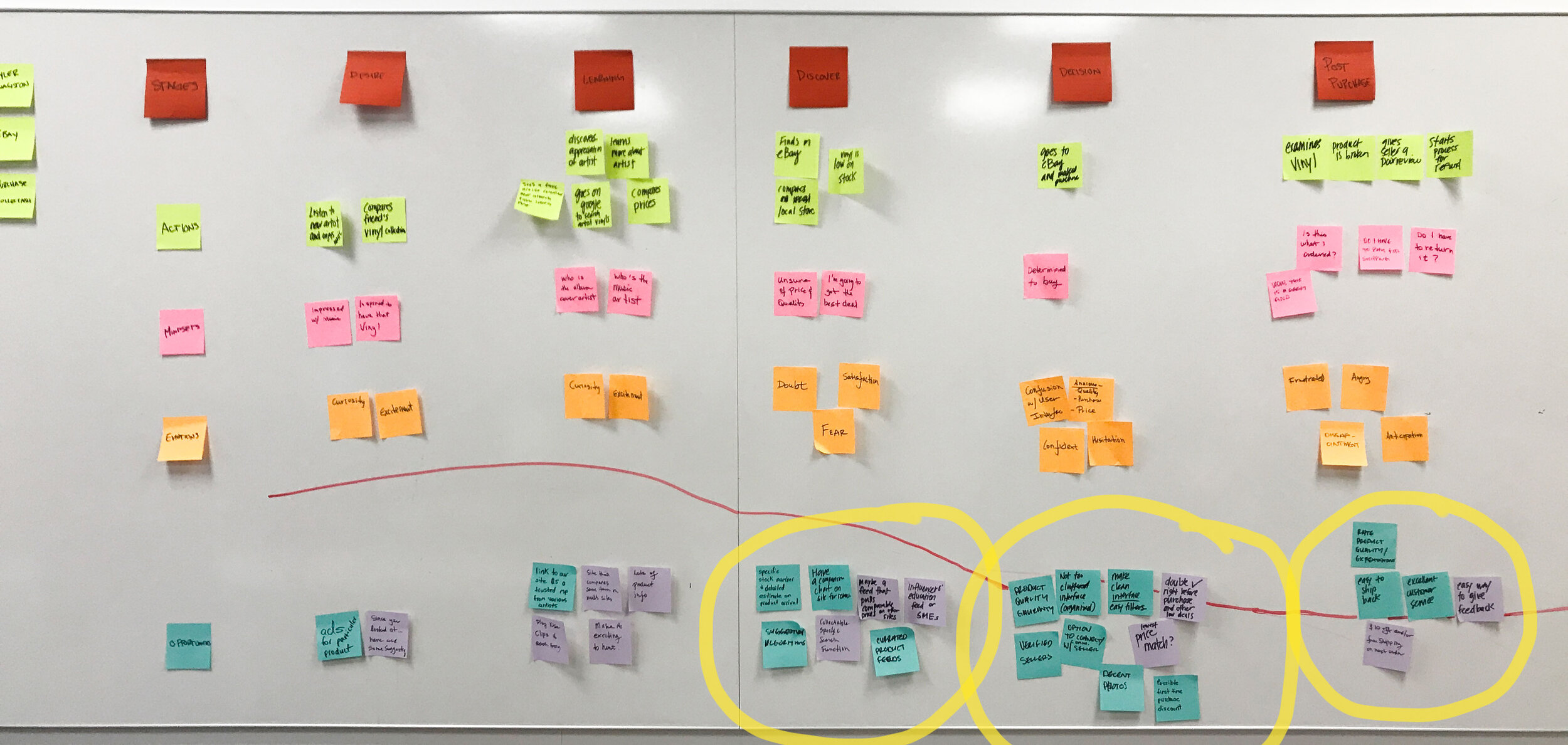
After plotting all of our gathered information, we used affinity and empathy mapping to dive further revealing who our users are. By doing this we were then able to create two personas who would use Matchbox.
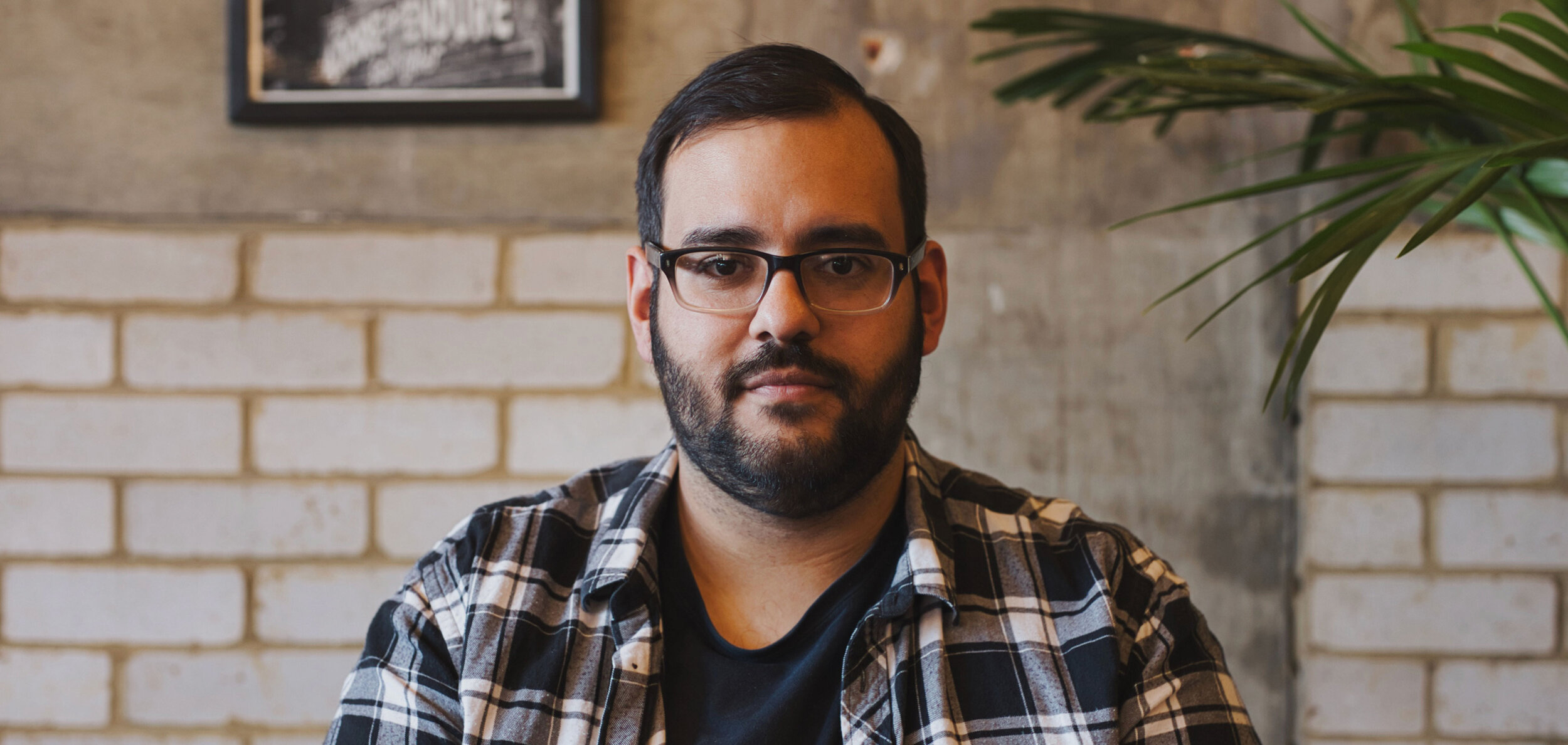
One of our personas, Tyler Swagston is a 32-year-old white, educated, male collector who is very familiar with eBay, Amazon, Facebook Marketplace, StockX, Grailed, etc.
Some of his frustrations are:
* Lack of proof of authenticity on the items he is looking for
* The large amount of time it takes to find items
* The amount of time it takes for an item to ship
* Sometimes the item isn’t true to what is described online
* The process of refunding money is cumbersome
His motivators are:
* Finding the best product for the best price online
* He identifies himself as a unique curator
* He collects for personal enjoyment
* Selling his items is not a strong motivator. He would rather give away items to friends and family first before selling.
Through journey mapping, we thought about what Tyler might think, feel or do when he’s making a special collector’s item on of our competitor’s sites, eBay. By doing this, we noticed areas where he might be feeling anxious about the price, purchase process, and maybe the quality of the item.
A few opportunities for Matchbox emerged:
• Opportunity 1: Interface usability. Something that came up during our research was that sometimes users had a hard time using the interface because it was cluttered, which made it hard for them to find the item they’re looking for.
• Opportunity 2: Have accurate descriptions for the products, more photos, and proof of authenticity.
• Opportunity 3: Present the ability of local shops to connect to a broader audience to foster a spirit of both community and to enhance small businesses potentially.

After all of our research and discovering a few opportunities for Matchbox, we then were able to come up with a problem statement that would help us align our vision in terms of coming up with solutions for our e-commerce site.
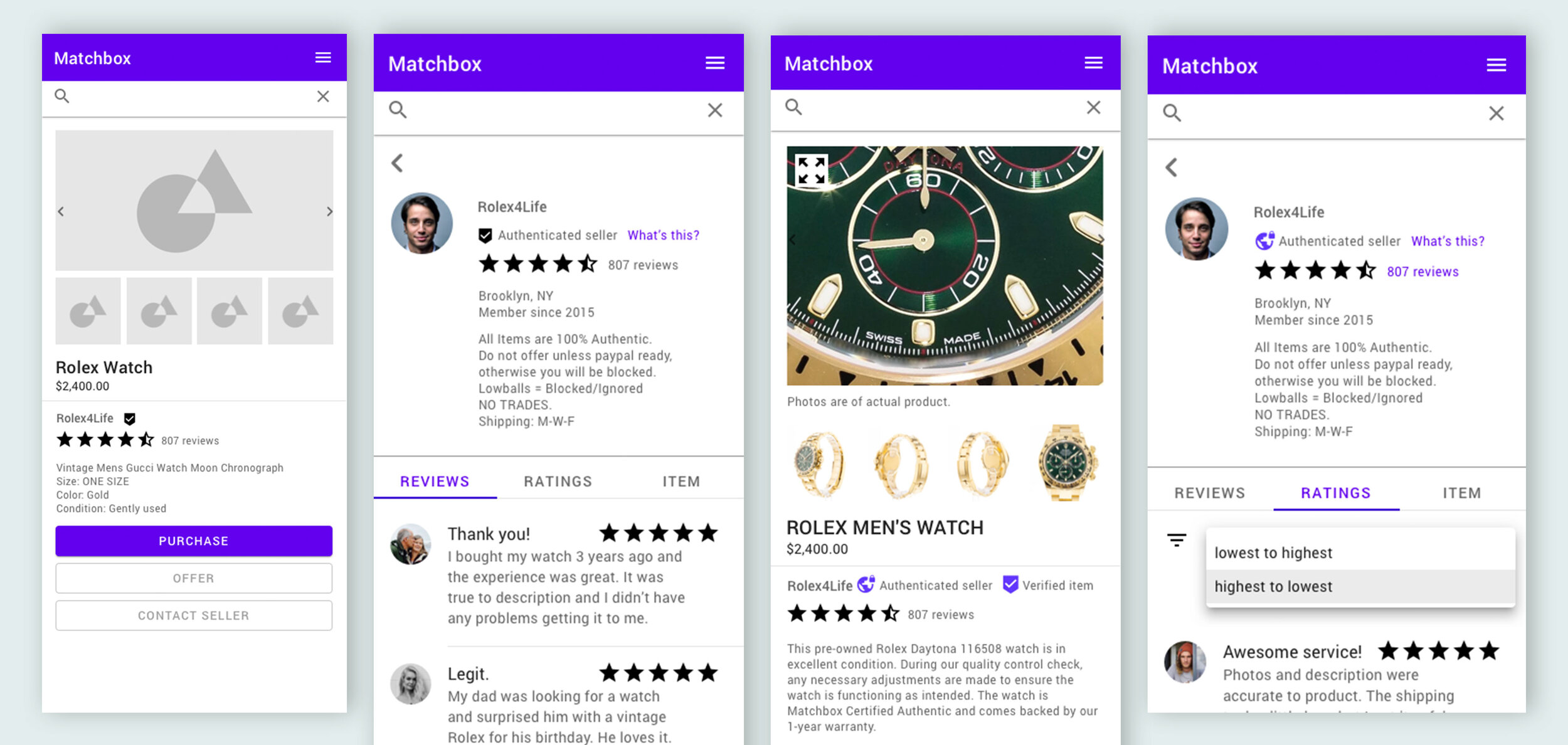
Our group was then individually tasked to come up with a solution to a user's need. The feature I was assigned to was authentication. How might we solve a user’s need to feel like they are making a safe purchase on Matchbox? I then came up with a prototype and went through 3 rounds of user testing. At each prototype iteration, I would add a few visual cues to show information about the seller, more detailed photos about the product (in this case, a Rolex watch), and information about the buyer/seller guarantee.
A few interesting things I came across:
• Users liked seeing some sort of ‘verified seller’ icon but wouldn’t necessarily click on it.
• Hands down, every user wanted to be able to filter ratings. Highest to lowest, and lowest to highest. Almost everyone said they didn’t trust all high reviews and preferred reading the low reviews to make a judgment when purchasing an item.
• Users commented that having the information about the purchase policy helped and knowing that a third party subject matter expert would inspect and handle the item would, in turn, alleviate the pain point of waiting for their item to be shipped to them.
I have to note that there are many ways of authentication and I only covered one facet of that here. What would authentication look like if someone wanted to become a seller through Matchbox? What about the authentication process for the third-party handler who would verify the item? What about credit card authentication?
Due to time constraints, I was unable to investigate all fo those angles but it was definitely interesting to make the first attempt at one.
View the prototype here.
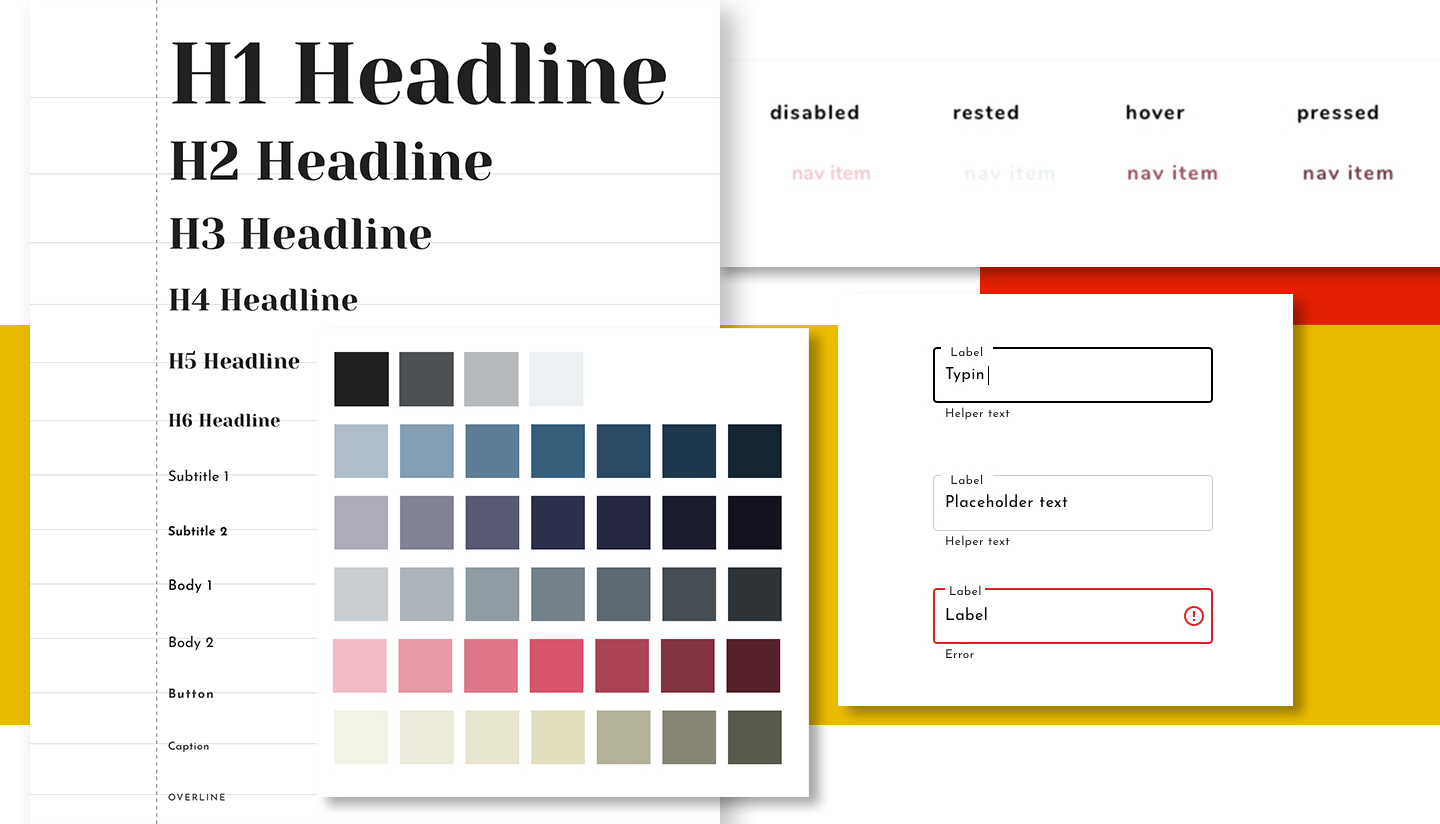
With the information we gathered, we were then individually tasked to create a design system for our desktop and mobile websites for Matchbox. My version of the site was created in Sketch.
Moving forward
Although this e-commerce site is still in the works, the foundational lessons I learned in this project were extremely valuable. I was able to work through design problems from beginning to end with a team, breaking down research and analyzing the information in order to support each design decision made throughout the rest of the project.

